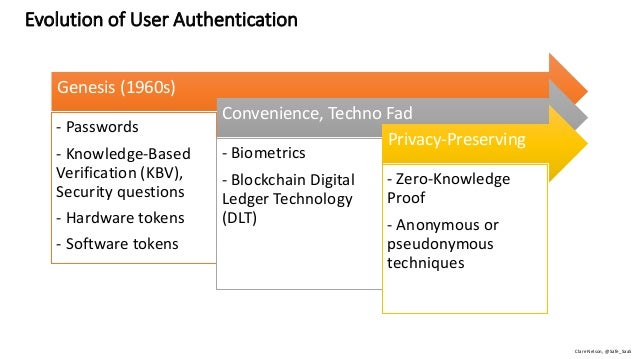
Source
- Packet Loss Control Using Tokenssoftware Projects Pdf
- Packet Loss Control Using Tokenssoftware Projects For Beginners
- Packet Loss Control Using Tokenssoftware Projects Project
IEEE Latin America Transactions>2012>10>1>1391 - 1393
Abstract
.jpg)
Packet Loss Control Using Tokenssoftware Projects Pdf
This paper shows that whereas for random loss the drop off in MOS is linear with% packet loss, for bursty losses the fall off is much faster. Also see Packet Loss Burstiness. The drop off in MOS is from 5 to 3.25 for a change in packet loss from 0 to 1% and then it is linear falling off to an MOS of about 2.5 by a loss of 5%. Brief Information of Project Modern IP network services provide for the simultaneous digital transmission of voice, video, and data. These services require congestion control protocols and algorithms which can solve the packet loss parameter can be kept under control. Congestion control is therefore, the cornerstone of packet switching networks. Internet usage control using access control techniques. Brute Force attack detection using wireshark. WAN Optimization design for Enterprise. DMZ Network Design with Cisco Routers. Small Business Network Design with secure e-commerce server. Employee Website Monitoring using Packet Analysis. DHCP Infrastructure security threats, mitigation. Look to see if there was any packet loss. If the specific connection between the pinging device and the target is functioning correctly, you should see 0% packet loss. The report might look like this: - 127.0.0.1 ping statistics -27 packets transmitted, 27 packets received, 0.0% packet loss. Packet loss Random packet loss is specified in the 'tc' command in percent. The smallest possible nonzero value is: 232 = 0.% sudo tc qdisc change dev eth2 root netem loss 5% This causes 1/10th of a percent (i.e 1 out of 1000) packets to be randomly dropped.
Packet Loss Control Using Tokenssoftware Projects For Beginners
Identifiers
| journal ISSN : | 1548-0992 |
| DOI | 10.1109/TLA.2012.6142489 |
Authors
User assignment
Assignment remove confirmation
You're going to remove this assignment. Are you sure?
Shi, Zhiqang
Zhang, Dongli
Keywords
Packet Loss Control Using Tokenssoftware Projects Project

InternetEducational institutionsControl systemsAsynchronous transfer modeComplexity theoryAlgorithm design and analysisTLCCCongestion ControlCongestion-IndexCSFQInter-DomainP2PRe-feedbackTBCC

InternetEducational institutionsControl systemsAsynchronous transfer modeComplexity theoryAlgorithm design and analysisTLCCCongestion ControlCongestion-IndexCSFQInter-DomainP2PRe-feedbackTBCC
Additional information
Publisher
Fields of science
Fields of science
Share
Export to bibliography
